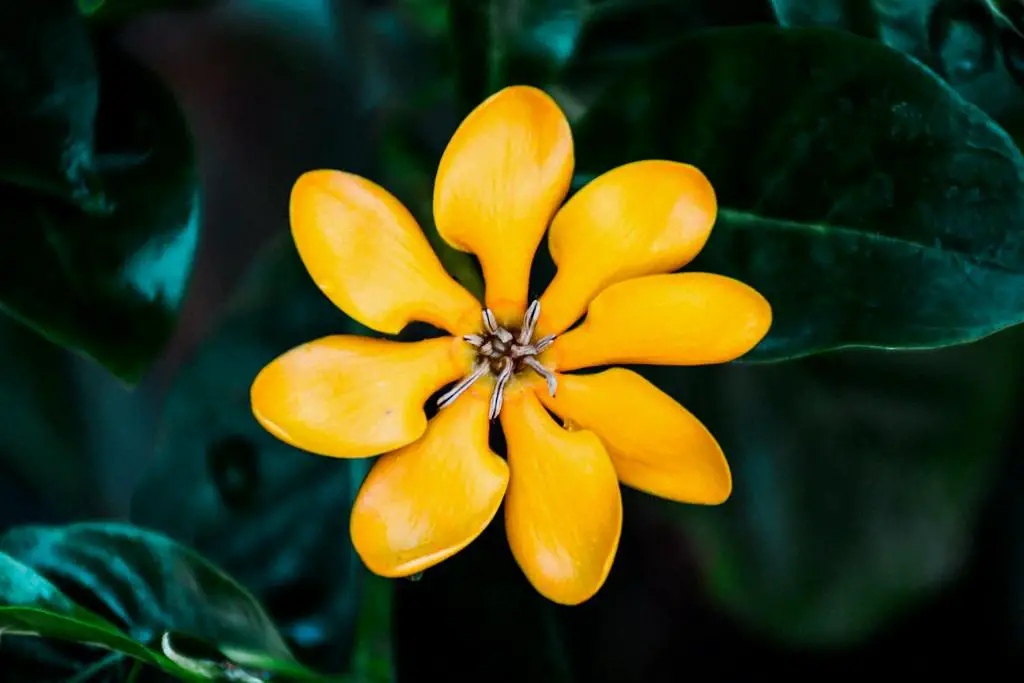Gardenia bushes, renowned for their fragrant white flowers and lush, dark green leaves, are a lovely addition to any garden but they’re fussy about their environment. The right combination of sunlight and soil is crucial for their success. Ideally, gardenias need light dappled shade or morning sun followed by afternoon shade; too much direct sunlight can scorch their leaves, while too little can hinder bloom production. As for soil, gardenias thrive in well-draining, yet moisture-retentive acidic soil with a pH between 5.0 and 6.5. This acidity helps them absorb crucial nutrients like iron and magnesium, helping prevent the dreaded chlorosis that makes their leaves yellow. Adding peat moss or organic compost to the existing garden soil can optimize acidity and texture, ensuring your gardenias get off to the best start.
Planting Your Gardenia Bush: Step-by-Step Guide
Planting a gardenia bush involves more than just digging a hole and dropping it in; you’ll want to set the stage for it to thrive! Start by choosing a cloudy day or late afternoon time to plant, which helps reduce transplant shock. Dig a hole twice the width of the root ball and just as deep. Gently remove the gardenia from its container and tease out the roots if they’re bound. Place the bush in the hole, setting it so that the top of the root ball is even with the soil surface. Fill in around it with a mix of peat, pine bark, and native soil to ensure both good drainage and acidity. Water it well after planting and mulch with an acidic organic material like pine needles or shredded bark to conserve moisture and maintain soil temperature.
Essential Care Tips for Thriving Gardenia Bushes
Consistent watering is key for gardenia bushes especially during their active growing months of spring and summer. They prefer their soil to be kept moist but not soggy, so a good rule of thumb is to water them once a week or more frequently during extremely hot weather, but always check that the top inch of soil is dry before watering again. Alongside watering, feeding your gardenias with a fertilizer high in iron and other chelated nutrients every three to four weeks during the growing season will help prevent yellowing leaves and encourage robust growth. And don’t forget about good air circulation around the plants; it not only helps keep pests at bay but also prevents fungal diseases.
Troubleshooting Common Gardenia Issues: Yellow Leaves and Pest Problems
Yellow leaves and pests can mar the beauty of gardenia bushes, but quick action can usually mitigate these issues. Yellow leaves often indicate nutrient deficiencies, particularly iron. Applying a chelated iron supplement can often rejuvenate your gardenias. If pests such as aphids, spider mites, or whiteflies invade, a gentle insecticidal soap or neem oil solution can be effective at controlling these pests without harming the bush. Regular inspections will catch these problems early, making them easier to manage.
Pruning and Maintenance: Keeping Your Gardenia Bush Beautiful
Pruning isn’t just about keeping your gardenia bush looking good; it’s vital for its health and flower production. The best time to prune is right after the bush finishes blooming, typically in late summer. Remove any dead blooms and wood, and thin out the center to encourage air flow. Shape the plant but be careful not to over prune as gardenias can be sensitive to heavy cutting. Regular removal of spent flowers and damaged or crowded branches helps encourage next season’s blooms.
Winter Care Strategies for Gardenia Bushes
In regions where winter temperatures dip below freezing, taking steps to protect your gardenia bushes is essential. Mulching heavily around the base with organic material can help insulate the roots from cold snaps. Also, if you have potted gardenias, consider moving them to a sheltered location like a well-lit porch or garage where they can remain dormant until the spring. Additionally, reducing watering in the winter helps prevent root rot in colder weather when plants’ growth slows down.
Types of Gardenia Bushes: Varieties and Their Unique Features
There’s a surprising variety of gardenia types, each with unique aesthetics and growing requirements. From the ‘August Beauty’ that blooms throughout the summer to the compact ‘Radicans,’ which is perfect for smaller spaces or borders, there’s a gardenia for every setting. Other varieties like the ‘Mystery’ are noted for their large, double flowers and vigorous growth habit. When choosing a type, consider your climate and the specific care requirements for each variety to ensure it thrives in your garden environment.
Enhancing Your Landscape: Creative Ideas for Incorporating Gardenia Bushes
Integrating gardenia bushes into your landscape can transform your outdoor space. Their lush foliage and stunning flowers make them ideal for focal points or as part of a fragrant garden border. Consider planting gardenias near patios or windows where you can enjoy their fragrance regularly. Combining them with other acid-loving plants like azaleas and camellias can create a beautifully cohesive section in a garden. Alternatively, gardenias make excellent container plants, allowing you to move them to ideal spots throughout the season for optimal growth and flowering.

